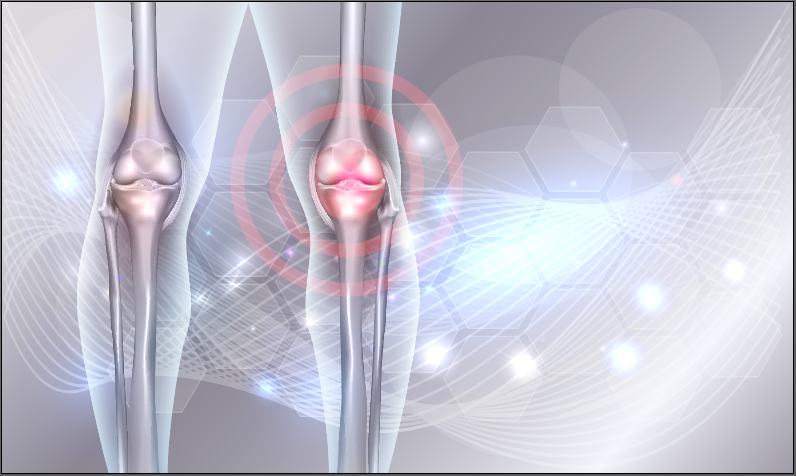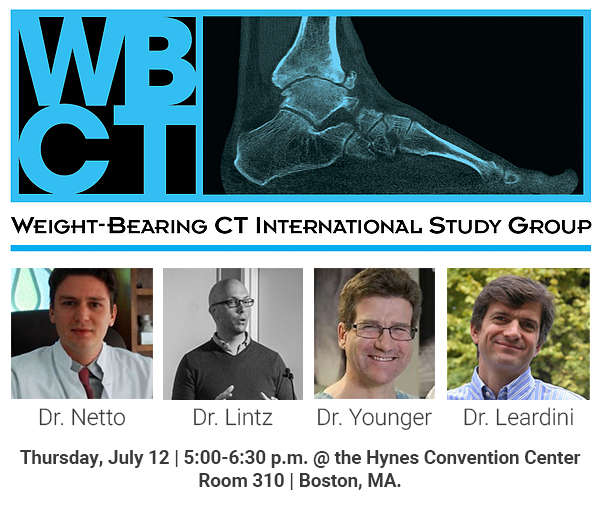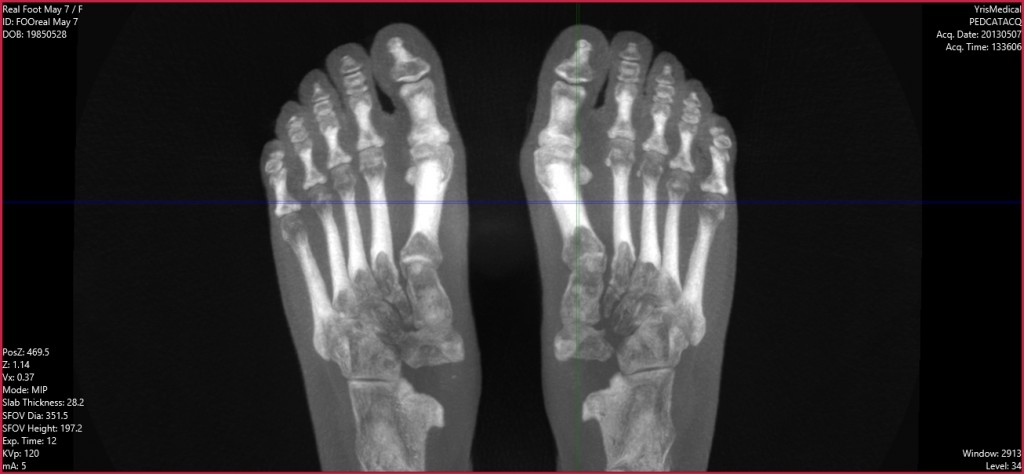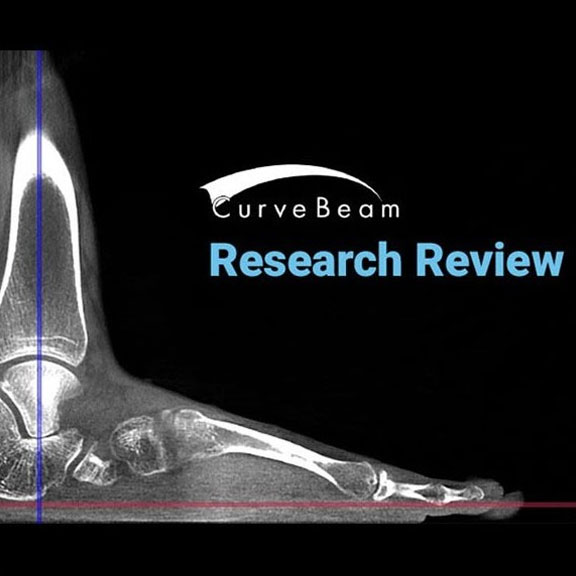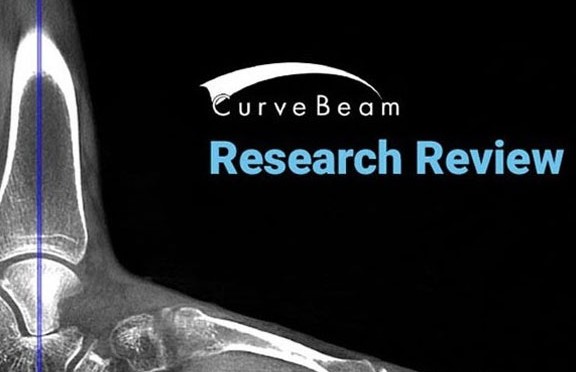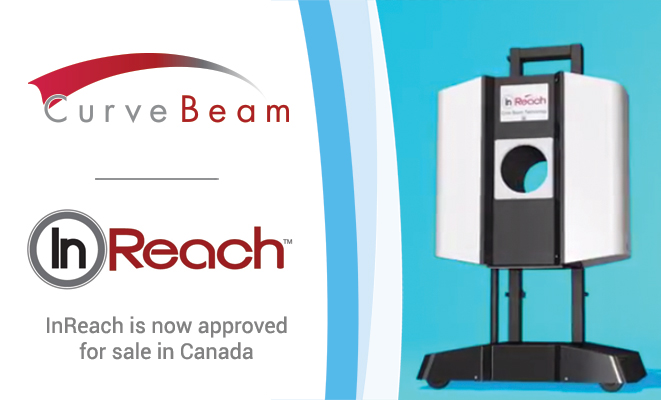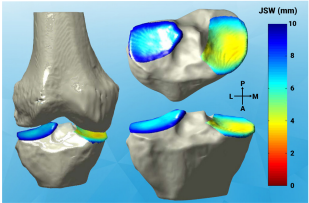 Under the current standard of care, joint space width (JSW) measured on Weight Bearing radiographs suffers from poor sensitivity to detection of knee osteoarthritis (OA). It also does a poor job of tracking symptom progression. 2D radiographic JSW is limited by dependence on X-Ray beam alignment with the medial tibial plateau as well as temporal and spatial heterogeneity of structural progression of knee osteoarthritis. Fortunately, 3D JSW measured on Weight Bearing CT images has the potential to overcome these limitations.
Under the current standard of care, joint space width (JSW) measured on Weight Bearing radiographs suffers from poor sensitivity to detection of knee osteoarthritis (OA). It also does a poor job of tracking symptom progression. 2D radiographic JSW is limited by dependence on X-Ray beam alignment with the medial tibial plateau as well as temporal and spatial heterogeneity of structural progression of knee osteoarthritis. Fortunately, 3D JSW measured on Weight Bearing CT images has the potential to overcome these limitations.
LineUp Scanner from CurveBeam Used to Create 3D Datasets
To test this assertion, 3D JSW measurements were collected on 11 participants in the Multicenter Osteoarthritis Study. Then, 3D datasets were reconstructed from Cone Beam CT projections. These images were captured using the LineUP scanner manufactured by CurveBeam. Standardized response means (SRM) were calculated to assess the ability of Weight Bearing CT to detect changes in joint space width over time.The preliminary data presents evidence that 3D JSW is sensitive to changes in joint space comparable to what was reported in other studies measuring JSW by radiographs or MRI.
Weight Bearing CT: More Sensitive and Accurate
Weight Bearing CT is showing the potential to offer better data, even when overlapping anatomy is a factor. It is proving to be more sensitive and accurate for detecting osteophytes and subchondral cysts when compared to conventional fixed-flexion radiography. This technology provides 3D biomechanically accurate views of bone morphology, alignment, and joint spaces.
“Weight Bearing CT could replace radiographs as the recommended means of assessing knee OA,” says Dr. Neil Segal, MD, Professor, and Director of Clinical Research in the Department of Rehabilitation Medicine at the University of Kansas Hospital, and the lead researcher on this study.
To learn more, download the case study by completing the form below.
